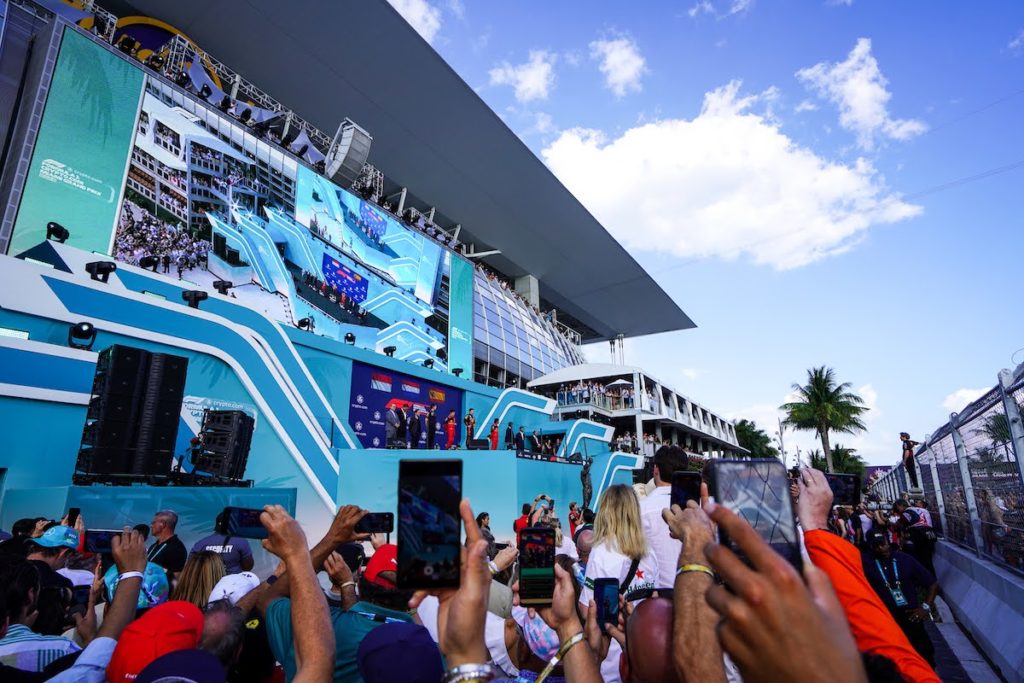
A new Formula 1 season is about to begin. While most of the attention will be on-track, there will be plenty to discuss off it regarding the future of the Formula 1 calendar. With new contracts needing to be signed, new races on the horizon and an uncertain future for one support series, here are the F1 calendar stories which are likely to make headlines in 2023.
2023 is set to be a big year for Formula 1 – both on track and off. The ever-expanding calendar reaches a new high of 23 races this season, with the Las Vegas Grand Prix being the big new addition. With 23 races, F1’s increasing attendance figures will exceed the new record set in 2022, with more sell out Grands Prix and capacity crowds expected.
Vegas is, allegedly, already in line for a new ten-year contract before the first race even takes place. The majority of other circuits on the current Formula 1 calendar have their immediate futures confirmed, but the Belgian Grand Prix faces uncertainty and other iconic races in Britain and Italy need to secure new deals within the next two years.
Elsewhere, new and returning venues will likely make headlines. The return of the South African Grand Prix has been rumoured for years and 2024 could be the year in which its comeback is finally confirmed, while the building of a new, impressive, circuit in Qiddiya – in line to host the Saudi Arabian Grand Prix in the near-future – will also be in the news.
Formula 1 support series will also be in the spotlight, with W Series’ 2023 season as yet unconfirmed and the all-new F1 Academy set to appear on the schedule at one Grand Prix. Here are the biggest talking points surrounding the Formula 1 calendar as we head into the 2023 season.
1. What, if anything, will have changed at the Monaco Grand Prix?
In the early part of 2022, there was plenty of speculation about the future of the Monaco Grand Prix. Eventually, in September, a new contract was signed with the principality which keeps the iconic street circuit on the schedule until at least 2025.
What remains to be seen are the compromises that race organisers will have made in securing the new three-year contract. Formula 1 was known to be unhappy with the placement of certain trackside advertising boards at the Monaco Grand Prix, with organisers historically having negotiated their own deals independent from F1. Last year, Monaco had a deal to promote the watch brand TAG Heuer trackside, a direct competitor of official F1 sponsor and timekeeper Rolex.
Furthermore, Monaco differs from other circuits in two key ways. Firstly, throughout its history, the venue has paid a much lower hosting fee than other circuits on the Formula 1 calendar. No details on the fee under the new deal have been publicly announced.
Secondly, television coverage of the Monaco Grand Prix is produced by a local broadcaster rather than by Formula One Management (FOM), who produce coverage of every other race. Recent TV direction at the Monaco Grand Prix has left a lot to be desired, often missing key aspects of the race as they develop.
So there are two things to keep an eye out for over the 2023 Monaco Grand Prix: will Monaco’s own trackside advertising be gone? And will the television coverage be noticeably improved?
2. Will the Las Vegas Grand Prix extend its contract before its first race?
Formula 1 is yet to turn a wheel on the new Las Vegas street circuit but rumours are already rife that the Las Vegas Grand Prix contract could be extended through to 2032. The Las Vegas Grand Prix is set to be the biggest spectacle on this year’s Formula 1 calendar, with the drivers taking to the Las Vegas Strip on a Saturday night for the penultimate round of the season in November.

Expectations are certainly high for the event, with Formula 1 having pumped a considerable sum of their own money into the event – including purchasing land worth $240 million. The Las Vegas Grand Prix joins the calendar on an initial three-year contract. However, in early February, Clark County Commission approved plans for the public roads incorporated by the circuit to continue to be used for racing for the next ten years, through until 2032.
It’s entirely possible, then, that the Las Vegas Grand Prix contract could be extended before the first race in Sin City has even taken place. The question on whether or not the event will live up to the hype will only be answered at the inaugural race weekend in November.
3. Will Formula 1 attendance figures continue to boom?
Unlike in previous years, Formula 1 has not released an official overall attendance figure for 2022. This is somewhat surprising, given that record attendance figures were reported during television coverage of most races last year.
What we do know, from our own research based on attendance figures published by Formula 1 and circuits across the 2022 season, is that Formula 1 in 2022 had a record-breaking overall attendance of over 5 million. From the 18 races for which weekend attendance figures were publicly revealed, the total came to 5,305,807.
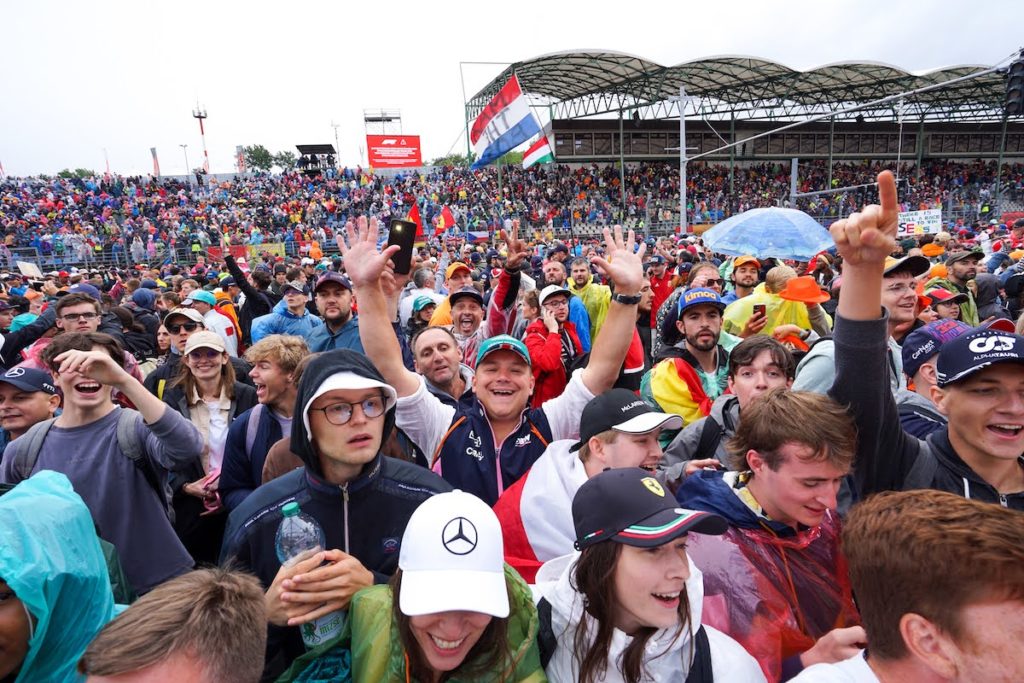
That figure looks set to rise even further in 2023, with many races already sold out or close to doing so. The race to keep an eye on is the United States Grand Prix, which has been the best-attended race weekend in each of the last two seasons. Last year’s figure of 440,000 is still some way short of the record 520,000 in attendance across the four-day 1995 Australian Grand Prix weekend.
4. Will the comeback of the South African Grand Prix be finalised?
The South African Grand Prix looked set to re-join the Formula 1 calendar in 2023 until August 2022, when a deal to bring the race back fell through. The Kyalami circuit was lined up to host the first South African Grand Prix since 1993, until a failure to deliver financial guarantees by the local promoter put an end to those plans.
Despite the setback, Formula 1 is still keen to return to the African continent. The Kyalami circuit will need to undergo major upgrades in order to stage F1 once more after a 30-year absence from the calendar. Nevertheless, it is believed that another promoter is taking on the project – which could see the event rejoin the schedule as early as 2024. Expect more rumours and news on the project as 2023 progresses.
5. Will the Belgian Grand Prix survive in 2024?
A last-minute reprieve – believed to have come about after it became clear that South Africa would not feature on the 2023 calendar – was handed to the Belgian Grand Prix for 2023. On the day of its 2022 race, Formula 1 announced a single-year deal to keep the legendary Spa-Francorchamps on the calendar.
The event’s future beyond this year remains in doubt. Race organisers have undertaken a lot of work in recent years to improve the facilities at the track, including the re-profiling of corners and the construction of new grandstands. However, it is believed that Formula 1 wants to see further improvements to the circuit’s infrastructure before a new long-term deal can be agreed. Areas of particular scrutiny include the circuit’s traffic management and the need to modernise the paddock.
It would be a shame to lose an iconic venue from the calendar – but that may prove to be the reality as the season progresses. If Spa does disappear, the aforementioned South African Grand Prix seems a likely option to replace it.
6. Where will the 2024 F1 season-opener be?
2023 will be the third consecutive season in which the Bahrain Grand Prix will be the opening race of the year – but it may be the last for a while. In 2024, the Saudi Arabian Grand Prix is expected to open the season, though this has not been confirmed by Formula 1.
Strangely, Saudi Arabia’s position as season-opener for the 2024 season was revealed in a press release by the Australian government. In December 2022, the Premier of Victoria revealed that the Australian Grand Prix had extended its contract by a further two years, seeing it run to 2037. In the same press release, it was announced that the Australian Grand Prix will not host the 2024 opener, with Saudi Arabia taking the honour instead.
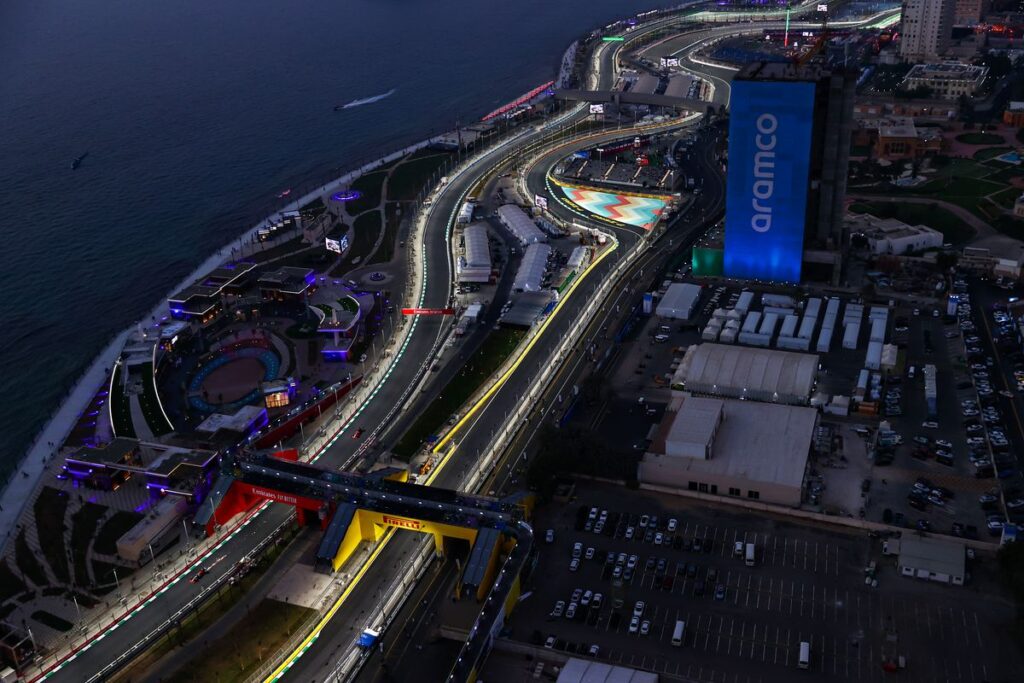
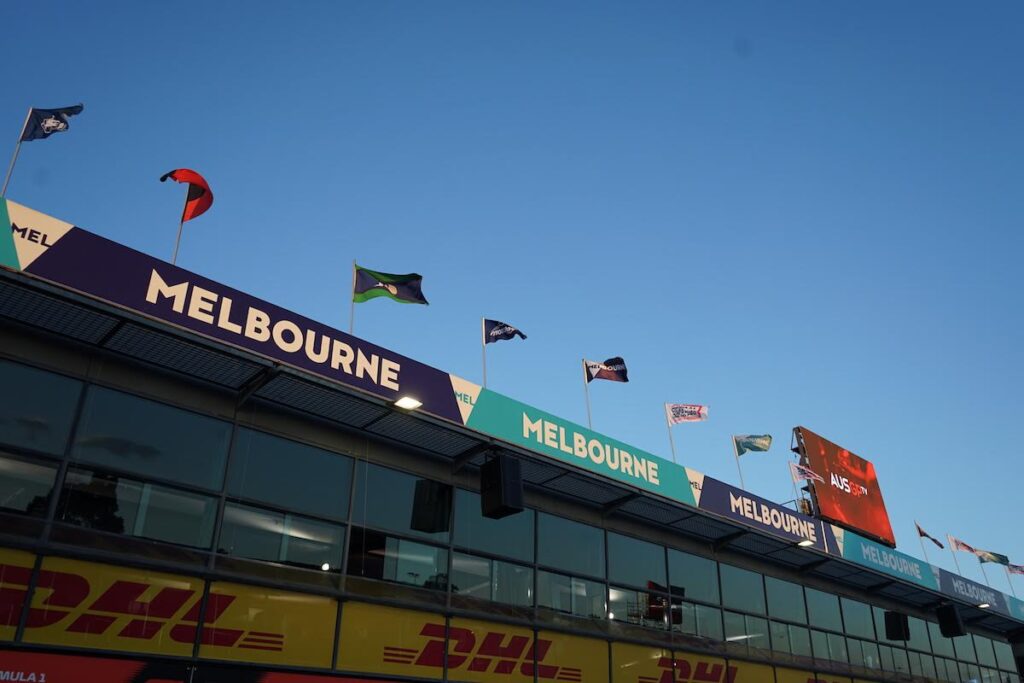
Bahrain is thought to be out of the running due to the timing of Ramadan, with the Bahrain Grand Prix likely to fall later in the season as a result. Though the press release suggests otherwise, Australia could yet be next year’s opening host with its new contract stipulating that the first race of the season will take place at Albert Park “for at least four years between 2023 and 2037”.
If the press release is indeed accurate, Saudi Arabia’s position as the season-opener will likely be confirmed by Formula 1 when the 2024 calendar is unveiled in the late summer.
7. What progress will be made in Qiddiya?
Talking of Saudi Arabia, it was recently confirmed that the Saudi Arabian Grand Prix will remain at Jeddah Corniche Circuit until at least 2027. The longer-term plan for the event has always been for it to move to a permanent circuit in Qiddiya.
Originally, it was expected that Formula 1’s tenure in Jeddah would be much shorter than it is turning out to be. When Saudi Arabia first joined the calendar, it was believed that the street circuit would host the Grand Prix for two seasons before moving to the purpose-built circuit on the outskirts of Riyadh.
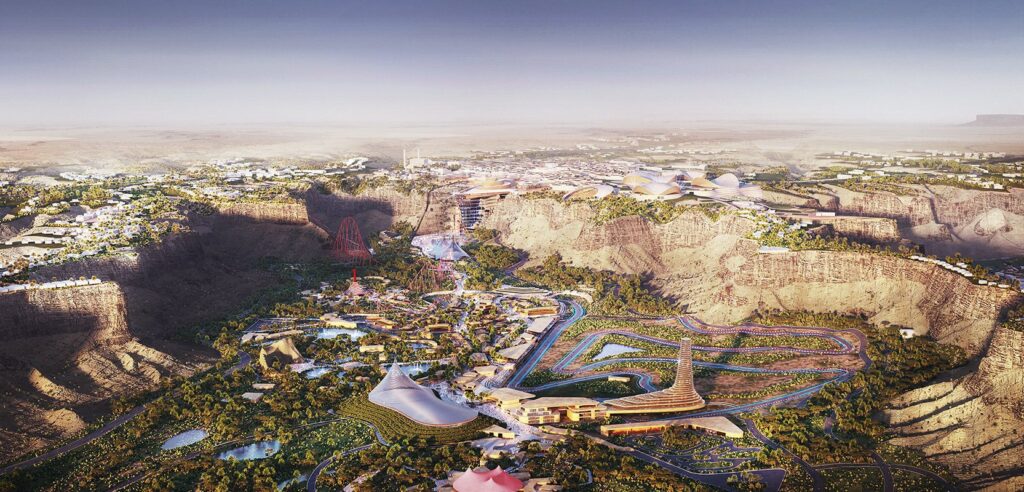
The Qiddiya project is an ambitious one. It is set to be a large automotive centre, covering over 300 square kilometres, with what would become the longest circuit on the Formula 1 calendar set out amongst a rollercoaster and a glass-bottomed swimming pool, and various other entertainment facilities. Work has already begun on the new track and we should hear some updates on the progress of the project over the course of 2023.
Of course, the Saudi Arabian Grand Prix came under intense media scrutiny and was nearly called off following a nearby missile strike on the first day of the 2022 race weekend. Assurances about the safety of the event in 2023 have been given by race organisers – and you can expect that to be a focal point when this year’s race takes place in mid-March.
8. Will any Grand Prix extend its current contract?
The Belgian Grand Prix is the only current event which is yet to secure its future beyond the end of this season. However, four more circuits need to ink new deals fairly soon. The Azerbaijan, British, Italian and Japanese Grands Prix’s contracts all end in 2024.
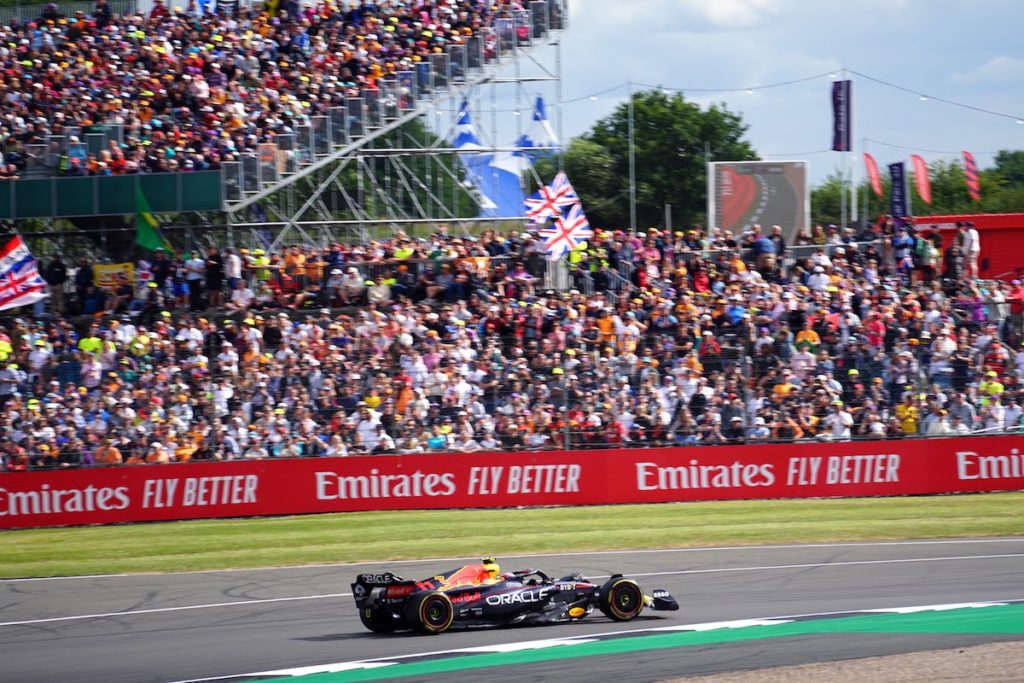
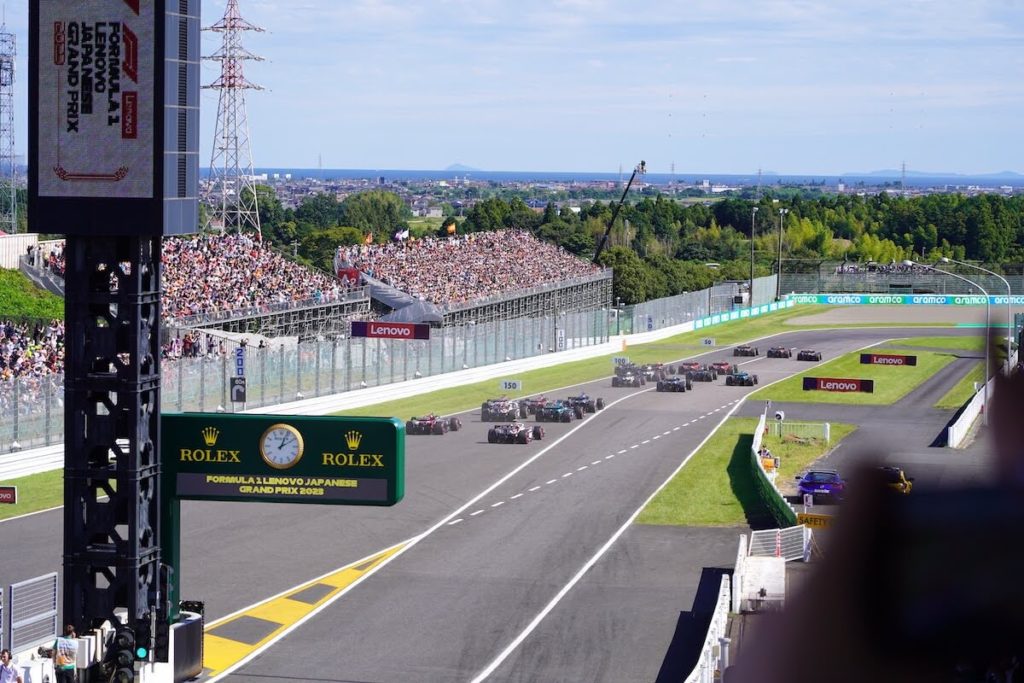
The recent trend on the contract front has been for circuits to sign long-term deals, many of which last into the 2030s. Stuart Pringle, Managing Director at Silverstone, said in June 2022 that the British Grand Prix is “ready” to make such a commitment, with organisers “committed to enhancing and developing the British Grand Prix”.
Aside from Silverstone, the other three circuits whose contracts expire in 2024 – namely Baku City Circuit, Monza and Suzuka have been less vocal about their futures. Nevertheless, at this stage, none are expected to lose their places on the Formula 1 calendar – with the agreement of new contracts expected to be little more than a formality.
9. The future of W Series and its place on the F1 support bill
W Series curtailed its 2022 season as a result of financial issues. The all-female series, introduced in 2019, faces an uncertain future. There’s yet to be an announcement on whether or not W Series will race in 2023 and, if it does so, whether or not it will be on the Formula 1 support bill.
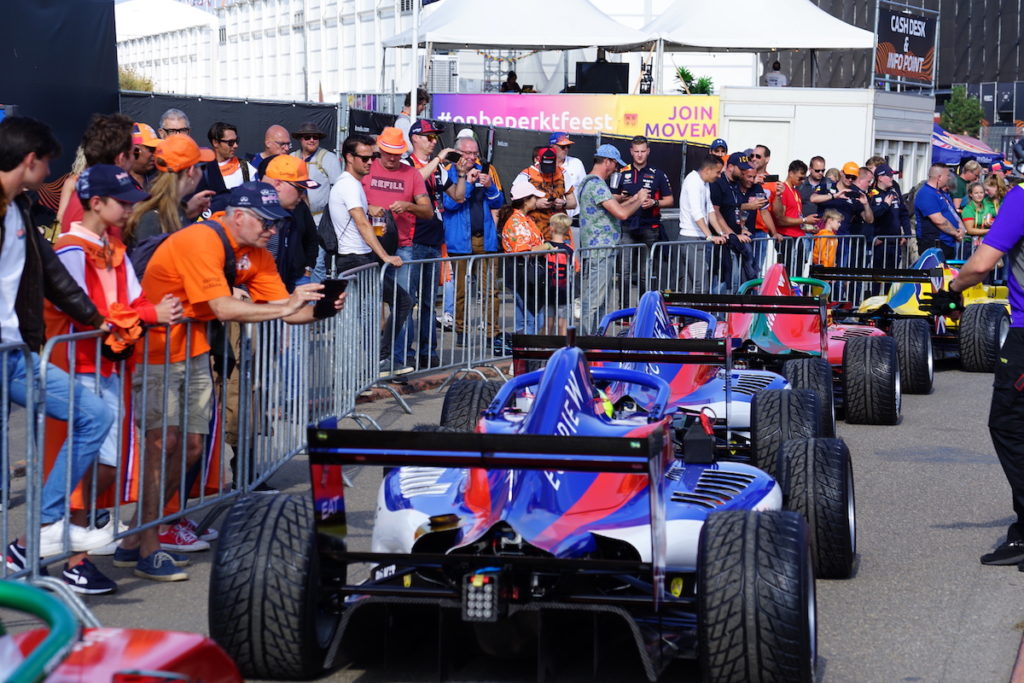

Encouragingly, the series’ social media channels have continued to be active over the winter, but there’s yet to be an announcement about a 2023 calendar. Its 2022 counterpart was announced in late January, so the announcement of a 2023 calendar is already overdue. If it does race this year, there will be a new champion, with 3-time champion Jamie Chadwick stepping away from the series and instead racing in INDY NXT.
Elsewhere, Formula 1 has announced its own female-only series: F1 Academy. Though not seen as a direct competitor to W Series, the new F1 Academy has already attracted some stars from W Series. The 21-race calendar will take place across six circuits in Europe and will also appear as a support event at the 2022 United States Grand Prix weekend.
Formula 2 and Formula 3 will both appear as support events across the Formula 1 season, while Porsche Supercup also returns, having recently agreed a deal to remain racing on F1 weekends until at least 2030. The future of W Series will be a talking point in the early stages of the 2023 season.



